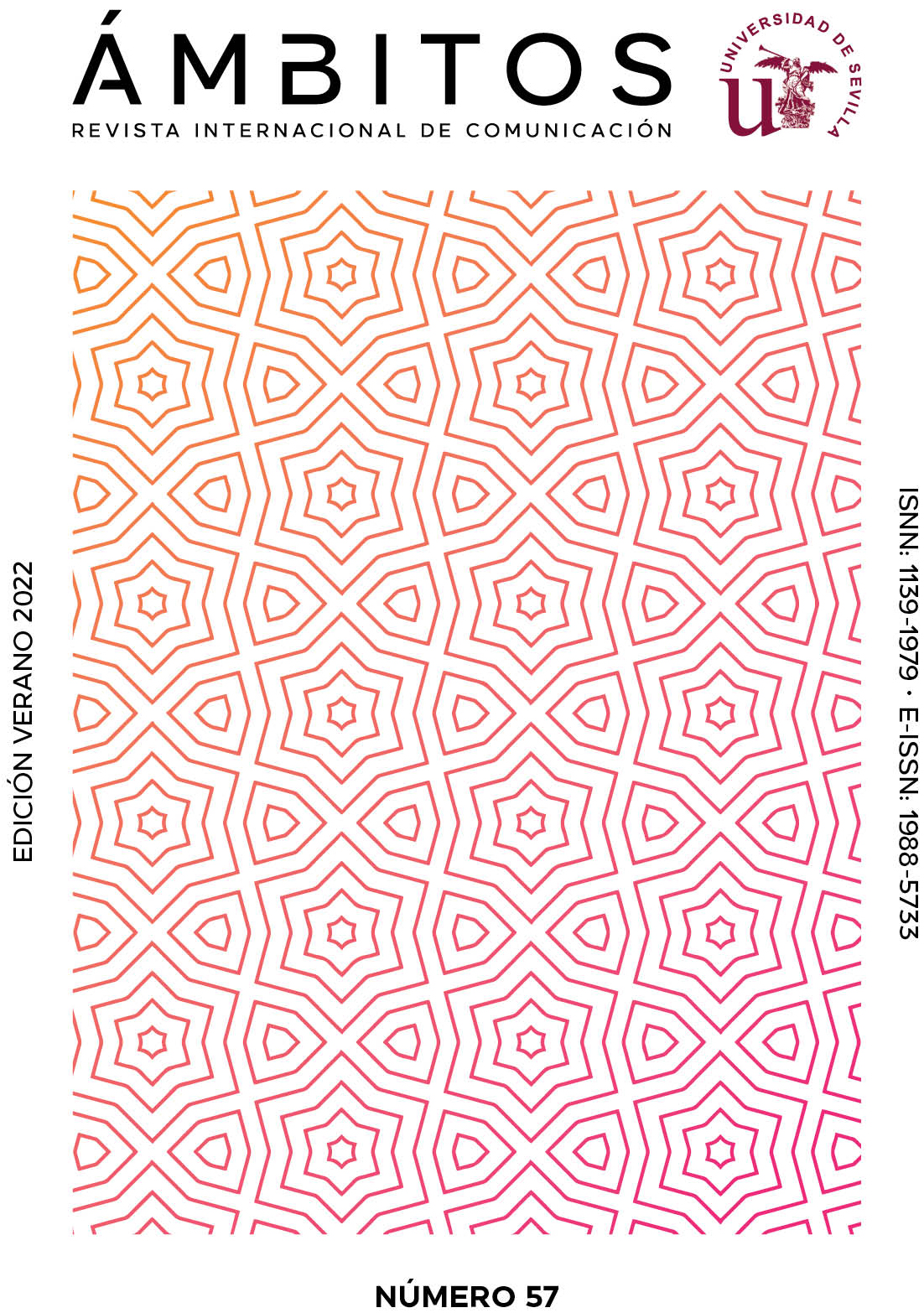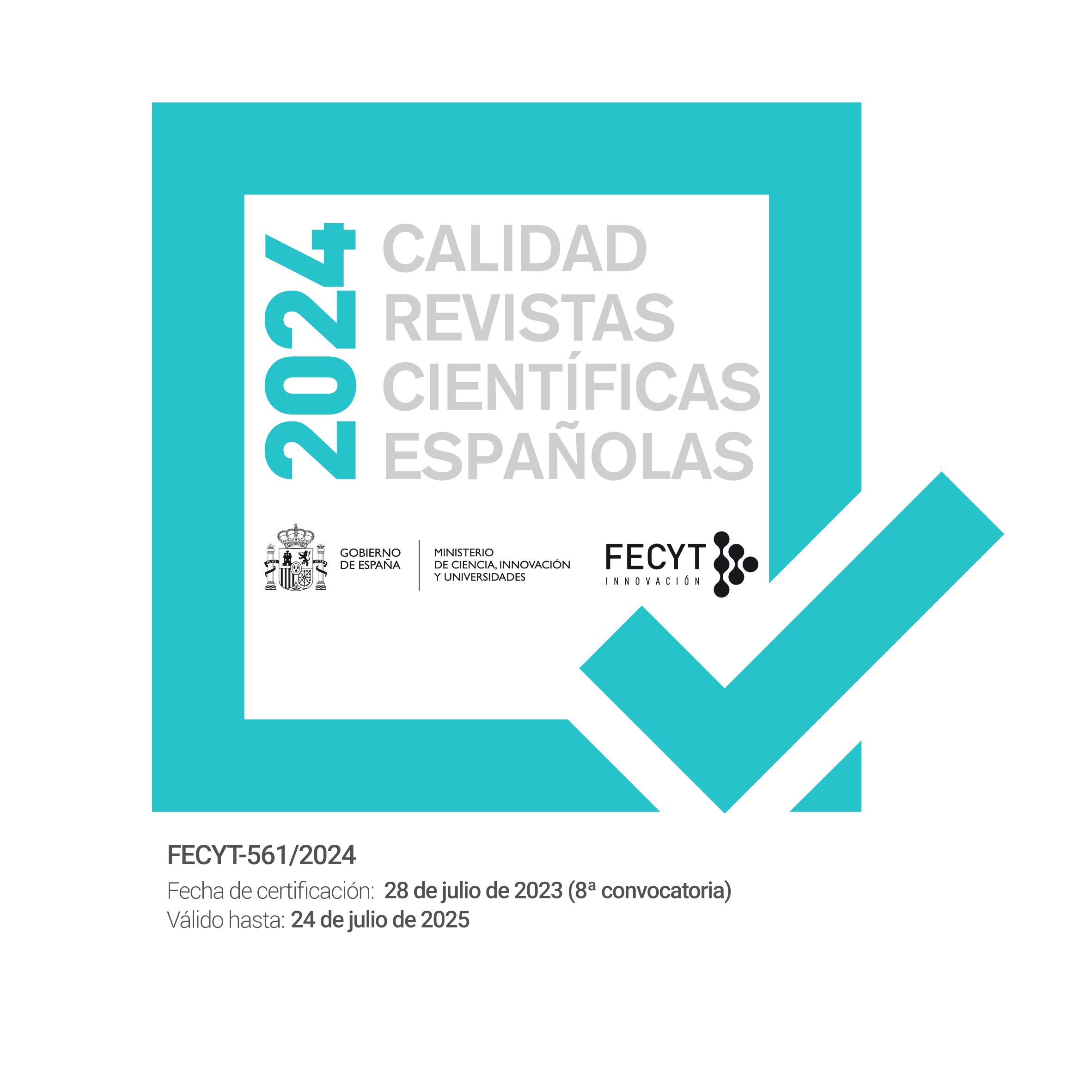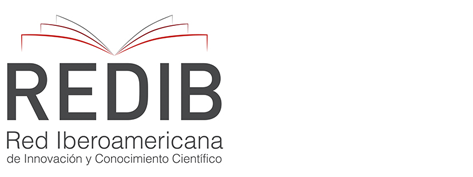Analysis of the gender roles of the main female characters in the RTVE series “Hit”
DOI:
https://doi.org/10.12795/Ambitos.2022.i57.05Keywords:
women, archetype, audiovisual, tv series, RTVEAbstract
Film and television fiction as a reflection or report of the existing reality takes on bigger relevance when this fiction comes from the public service media. These contents are broadcasted with the objective of entertainment in first place but also with the aim to stimulate a reflection about certain social issues. The tv fiction “Hit” takes place in this context. The first season was released in September 2020 and the second season has been broadcasted since October to December in 2021. The plot focuses on the educational environment with a cast of adults and teenagers whose epicentre is the school they share where the main character “Hit” deals with a group of teenage boys and girls with various behavioural problems. Given the narrative plot of the series, it is of interest to analyze the archetypes of the female protagonists involved in the story. The present study explores the representation of 16 characters from a qualitative approach and based on the methodology of individual and comparative character analysis. From the narrative profiles analysed, it can be seen how in some cases the main female characters are constructed basis on gender stereotypes to develop a transformation story line. But there are also other protagonists whose personalities are constructed according to typical patterns without a gender perspective, resorting to narrative archetypes without evolution.
Downloads
Metrics
References
Arana Arrieta, E. (2011). Estrategias de programación televisiva. Ed. Síntesis.
Arranz Lozano, F. (2020). Estereotipos, roles y relaciones de género en series de televisión de producción nacional: un análisis sociológico. Estudio realizado por CIMA-Asociación de mujeres cineastas y de medios audiovisuales y editado por el Instituto de la Mujer y para la Igualdad de Oportunidades del Ministerio de Igualdad. https://bit.ly/3PsCGJ6
Barrios Rodríguez, S., González de Garay, B. y Marcos Ramos, M. (2021). Representación de género en las series españolas de plataformas de streaming. Cuestiones de género: de la igualdad y la diferencia, 16, 298-322. e-ISSN: 2444-0221. https://bit.ly/3wkvRSi
Belmonte, J. y Guillamón, S. (2008). Co-educar la mirada contra los estereotipos de género en TV. Comunicar, Revista Científica de Educomunicación, 31(XVI), 115-120. https://doi.org/10.3916/c31-2008-01-014
Chicharro Merayo, M. (2021). Representaciones de la mujer en la ficción postfeminista: Ally McBeal, Sex and the City y Desperate Housewives. Papers: revista de sociologia, 98(1), 11-31. https://doi.org/10.5565/rev/papers/v98n1.469
Cuenca Orellana , N. y Martínez Pérez, N. (2020). Enamoramiento y maternidad: el mandato de género en televisión a través de las protagonistas de This is Us. Cuestiones de género: de la igualdad y la diferencia. No. 16 2021 – e-ISSN: 2444-0221 - pp. 250-269
FórmulaTv (2022, 28 de enero). Audiencias HIT. www.formulatv.com. https://bit.ly/3sG4WOK
Galán Fajardo, E. (2007). Fundamentos básicos en la construcción del personaje para medios audiovisuales. Revista del CES Felipe II, 2007(7). https://bit.ly/3FUez1D
Garrido, R. y Zaptsi, A. (2021). Arquetipos, Me Too, Time’s Up y la representación de mujeres diversas en TV. Comunicar. Revista científica iberoamericana de comunicación y educación, 68, 21-33. https://doi.org/10.3916/C68-2021-02
Gavilán, D., Martinez-Navarro, G. y Ayestarán, R. (2019) Las mujeres en las series de ficción: el punto de vista de las mujeres. Investigaciones feministas, 10 (2), 367-384. https://doi.org/10.5209/infe.66499
Grossocordón Cortecero, C. (2019). Propuesta metodológica sobre análisis de personajes en el relato cinematográfico. Comunicación y Métodos | Communication & Methods, 1(1), 9- 28. https://doi.org/10.35951/v1i1.18
Hidalgo-Marí, T. (2017). De la maternidad al empoderamiento: una panorámica sobre representación de la mujer en la ficción española. Prisma Social, 2, 291-314. https://bit.ly/3a7x5rF
Lacalle, C. y Gómez, B. (2016). La representación de las mujeres trabajadoras en la ficción televisiva. Comunicar. Revista Científica de Educomunicación, 47(24), 59-67. https://doi.org/10.3916/C47-2016-06
Martínez Rodrigo, M. E., y Martínez-Cabeza Jiménez, J. (2020). La figura materna en el cine de Pixar. El caso de la saga de Los Increíbles. Historia y comunicación social, 25(1), 35-44. https://doi.org/10.5209/hics.64587
Mateos-Pérez, J. (2021). Modelos de renovación en las series de televisión juveniles de producción española. Estudio de caso de Merlí (TV3, 2015) y Skam España (Movistar, 2018). Doxa Comunicación, 32, 143-157. https://doi.org/10.31921/doxacom.n32a7
Navarro-Abal, Y. y Climent-Rodríguez, J. (2014). El efecto socializador del medio televisivo en jóvenes. Influencia de las conductas de gestión del conflicto mostradas por personajes de series de ficción. Área Abierta, 14(1), 26-42. https://doi.org/10.5209/rev_ARAB.2014.v35.n1.44684
Perelló Rosselló, M. (2015). Arquetipos femeninos en Amar en Tiempos Revueltos (TVE, 2005-2012). Acotaciones (34). https://bit.ly/3LlXvCS
Raya Bravo, I. (2019). El viaje de la heroína. 10 iconos femeninos épicos del cine y la televisión. ReaDuck Ediciones.
Saneleuterio, E., Muñoz, M. J. R., y Leoz, D. (2021). Transformaciones en las narrativas audiovisuales desde una perspectiva de género. Cuestiones de género: de la igualdad y la diferencia, 16, 1-11. e-ISSN: 2444-0221. https://bit.ly/3MmNJ4B
Vicens Poveda, A. (2020). Análisis individual y comparativo de personajes cinematográficos. Una propuesta metodológica multidisciplinar aplicada al cine de animación. Comunicación y Métodos, 2(1), 23-38. https://doi.org/10.35951/v2i1.58
Downloads
Published
How to Cite
Issue
Section
License
Copyright (c) 2022 Talia Rodríguez Martelo, Isaac Maroto González

This work is licensed under a Creative Commons Attribution-NonCommercial-ShareAlike 4.0 International License.
Ámbitos. Revista Internacional de Comunicación is an open access journal, which means that all content is freely available at no charge to the user or their institution. Users may read, download, copy, distribute, distribute, print, search or link to the full text of articles, or use them for any other lawful purpose, without seeking prior permission from the publisher or author. This definition of open access is in accordance with the Budapest Open Access Initiative (BOAI).

Unless otherwise noted, all content in the electronic edition is distributed under a "Creative Commons Attribution-NonCommercial-ShareAlike 4.0 International License". You can consult the informative version and legal text of the licence here. This should be expressly stated in this way where necessary.
In case of acceptance of the manuscript, the authors cede the rights of the work for its publication to Ámbitos. Revista Internacional de Comunicación under the Attribution-NonCommercial-ShareAlike 4.0 International license contract (CC BY-NC-SA 4.0). The authors retain copyright and third parties are authorised to copy, distribute and make use of the work, provided they comply with the terms and conditions set out in the licence
- Cite the authorship and the original source of publication (journal, publisher and URL of the work).
- Do not use them for commercial purposes.
- If you remix, transform or create from the material, you must release your contributions under the same license as the original.
More information can be found at https://creativecommons.org/licenses/by-nc-sa/4.0/deed.es
- Abstract 938
- PDF (Español (España)) 551


















